Goldman Sachs predicts a 6% increase in gold prices in 12 months, thanks to buying power from central banks and strong demand from people in China, India...
Goldman Sachs' latest commodities market report forecasts the precious metal will rise about 6% over the next 12 months, to $2,175 an ounce.
Gold prices are expected to fluctuate in the short term amid uncertainty over the Federal Reserve’s interest rate policy, the report said. The precious metal tends to be less attractive to investors when the US dollar interest rate is high. However, downside risks to the precious metal are limited thanks to several key factors.
Geopolitical tensions have led central banks to continue to increase their gold holdings. Gold purchases by central banks, especially those from China and India, have helped offset recent outflows from gold exchange-traded funds (ETFs).
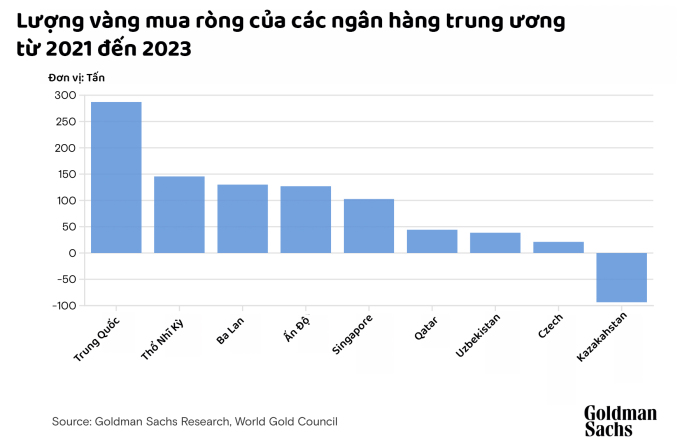
Central banks bought an average of 1,060 tonnes of gold from 2022 to 2023, compared with 509 tonnes from 2016 to 2019. The increase came as China increased the proportion of its foreign exchange reserves in gold and reduced its holdings of US dollars, while other countries such as Poland also increased their gold reserves.
"We expect central bank gold buying to remain robust, supported by emerging market reserve diversification and heightened geopolitical tensions," Goldman Sachs said in a report.
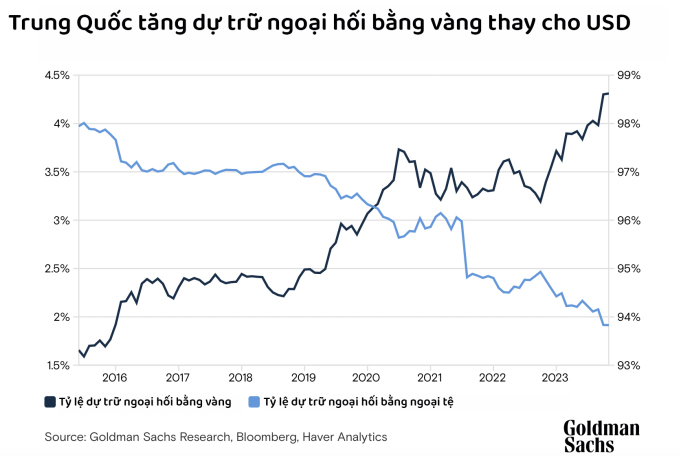
Another key factor driving gold prices, according to Goldman Sachs experts, is retail demand. The “wealth effect” due to rising incomes in emerging markets is driving consumer demand for gold, especially jewelry.
In China, gold is one of the best-performing assets in 2023 amid demand for safe haven investments. About 40% of respondents at the Goldman Sachs Global Macro Conference in Hong Kong also said they expect gold to reach $2,200 by the end of the year.
Goldman Sachs analysts said the downturn in the real estate market and investor concerns around China's stock market will boost retail demand for gold in the country next year.
"The rapidly growing affluent consumer base in India will drive growth in jewelry consumption," Goldman Sachs' report also said. Moreover, gold consumption is also supported by the lack of alternative investment channels in some countries with major policy changes such as Türkiye and China in the past few years.
However, investment demand for the precious metal has yet to recover. Gold ETF holdings have been high, partly due to a lack of buying power. The Russia-Ukraine political conflict and the US banking crisis have boosted gold investment in recent years, and holdings remain high despite rising long-term US dollar yields. According to Goldman Sachs, flows into gold ETVs have become more sensitive to changes in macroeconomic policy.
Historically, changes in gold ETF holdings have been triggered by major risk-off events (when risk appetite declines) and by monetary policy easing cycles. Goldman Sachs analysts expect ETF holdings to increase when the Fed starts cutting interest rates, which the economists see as early as May.
Quynh Trang

Source link



![[Photo] Prime Minister Pham Minh Chinh receives leaders of Excelerate Energy Group](https://vphoto.vietnam.vn/thumb/1200x675/vietnam/resource/IMAGE/2025/5/29/c1fbe073230443d0a5aae0bc264d07fe)



![[Photo] Prime Minister Pham Minh Chinh attends the event "Digital transformation of the banking industry by 2025"](https://vphoto.vietnam.vn/thumb/1200x675/vietnam/resource/IMAGE/2025/5/29/0e34cc7261d74e26b7f87cadff763eae)
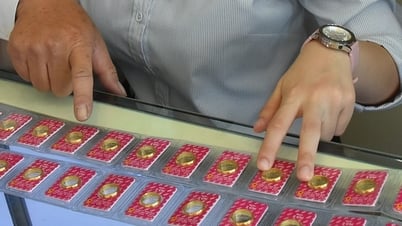






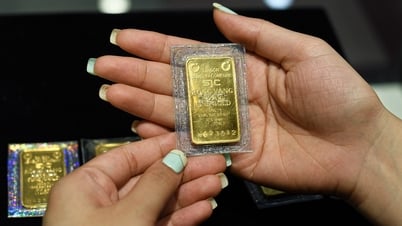










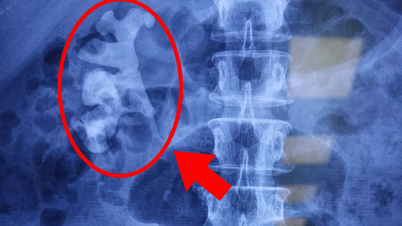


































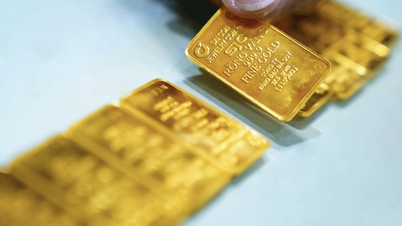


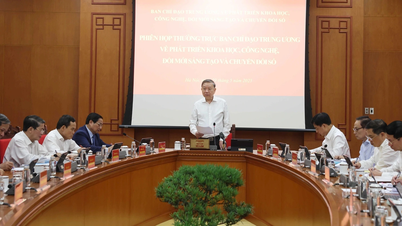






















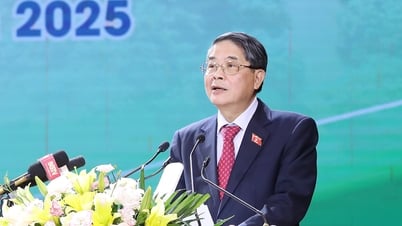










Comment (0)